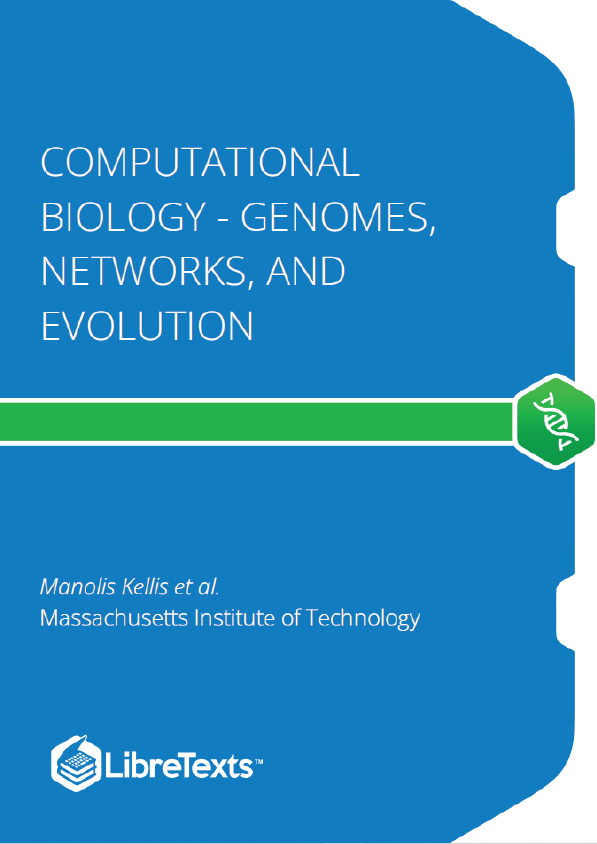course on computational biology
These lecture notes are aimed to be taught as a term course on computational biology, each 1.5 hour lecture covering one chapter, coupled with bi-weekly homework assignments and mentoring sessions to help students accomplish their own independent research projects. The notes grew out of MIT course 6.047/6.878, and very closely reflect the structure of the corresponding lectures.
Duality of Goals: Foundations and Frontiers
There are two goals for this course. The first goal is to introduce you to the foundations of the field of computational biology. Namely, introduce the fundamental biological problems of the field, and learn the algorithmic and machine learning techniques needed for tackling them. This goes beyond just learning how to use the programs and online tools that are popular any given year. Instead, the aim is for you to understand the underlying principles of the most successful techniques that are currently in use, and provide you with the capacity to design and implement the next generation of tools. That is the reason why an introductory algorithms class is set as a pre-req; the best way to gain a deeper understanding for the algorithms presented is to implement them yourself.
The second goal of the course is to tackle the research frontiers of computational biology, and that’s what all the advanced topics and practical assignments are really about. We’d actually like to give you a glimpse of how research works, expose you to current research directions, guide you to find the problems most interesting to you, and help you become an active practitioner in the field. This is achieved through guest lectures, problem sets, labs, and most importantly a term-long independent research project, where you carry out your independent research.
The modules of the course follow that pattern, each consisting of lectures that cover the foundations and the frontiers of each topic. The foundation lectures introduce the classical problems in the field. These problems are very well understood and elegant solutions have already been found; some have even been taught for well over a decade. The frontiers portion of the module cover advanced topics, usually by tackling central questions that still remain open in the field. These chapters frequently include guest lectures by some of the pioneers in each area speaking both about the general state of the field as well as their own lab’s research.
The assignments for the course follow the same foundation/frontiers pattern. Half of the assignments are going to be about working out the methods with pencil on paper, and diving deep into the algorithmic and machine learning notions of the problems. The other half are actually going to be practical questions consisting of programming assignments, where real data sets are provided. You will analyze this data using the techniques you have learned and interpret your results, giving you a real hands on experience. The assignments build up to the final project, where you will propose and carry out an original research project, and present your findings in conference format. Overall, the assignments are designed to give you the opportunity to apply computational biology methods to real problems in biology.











